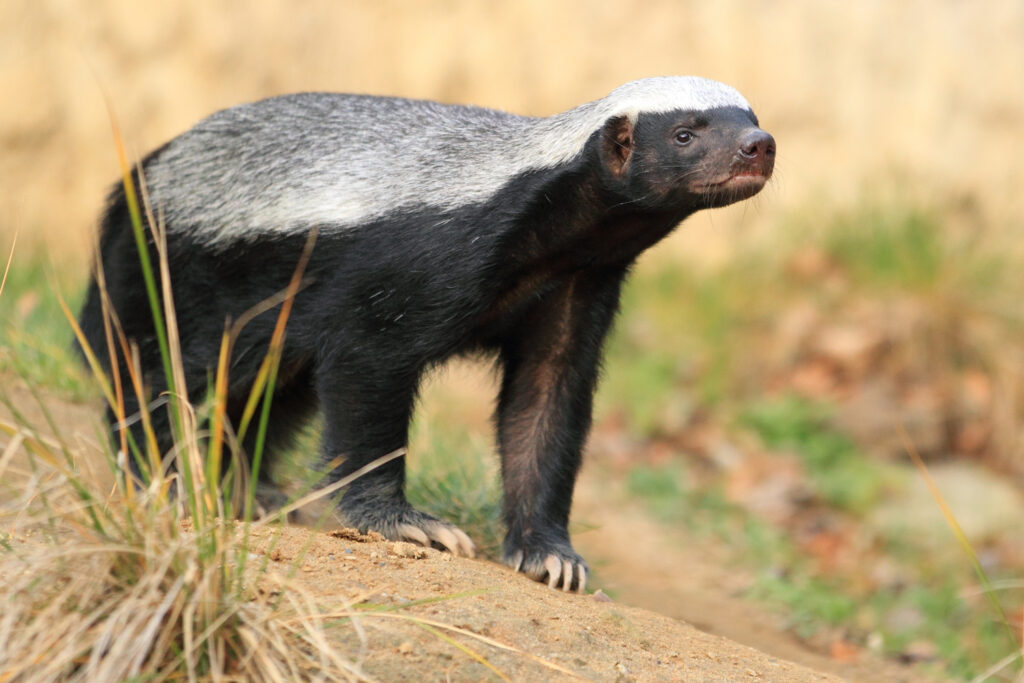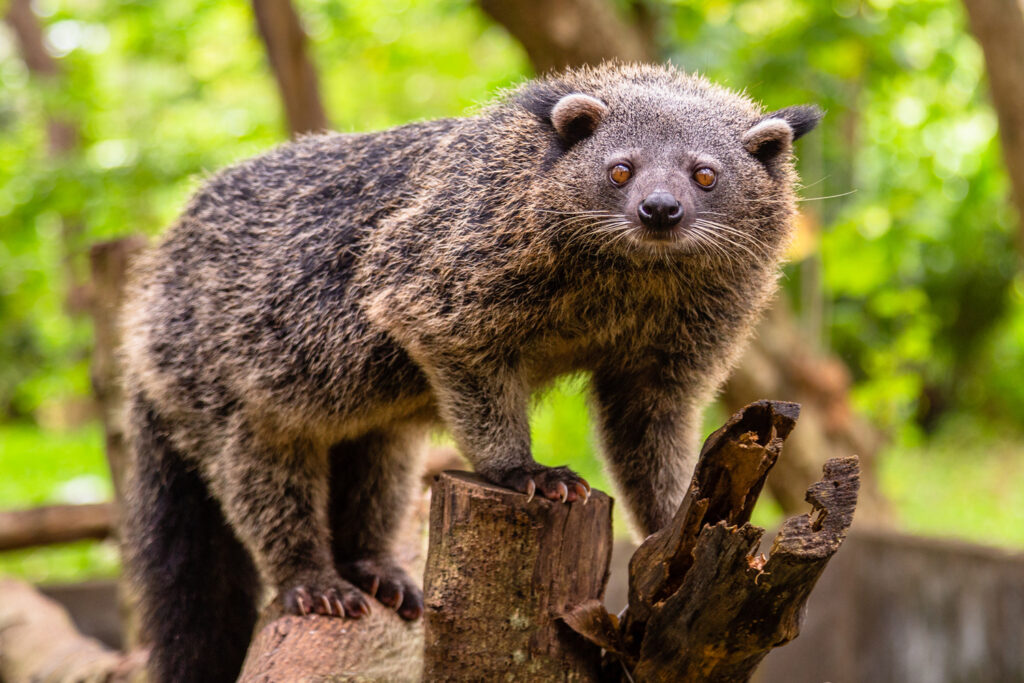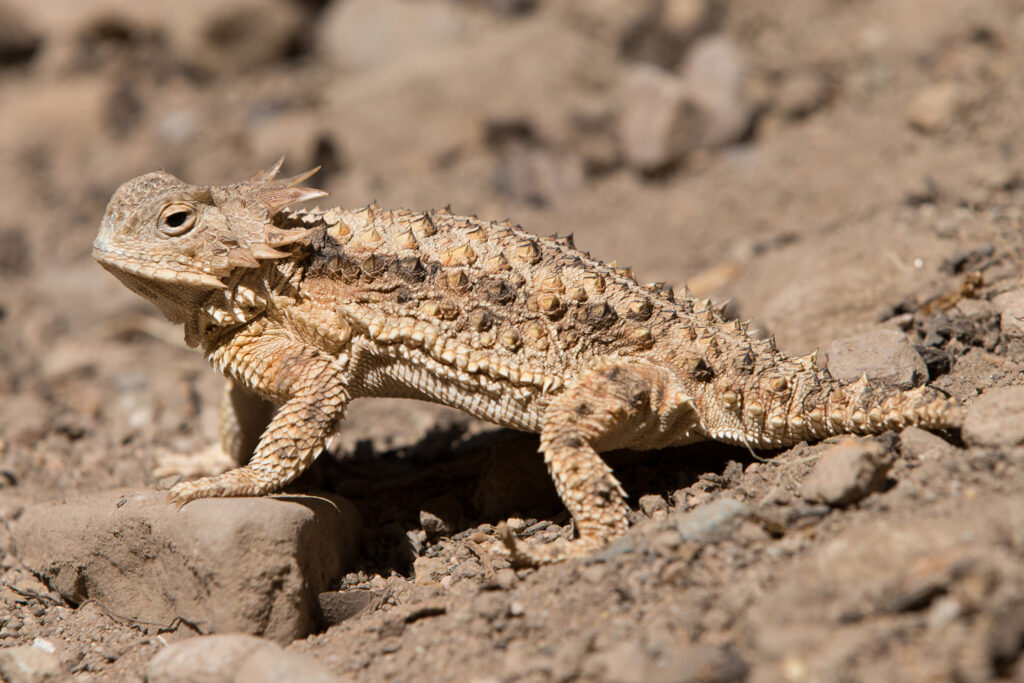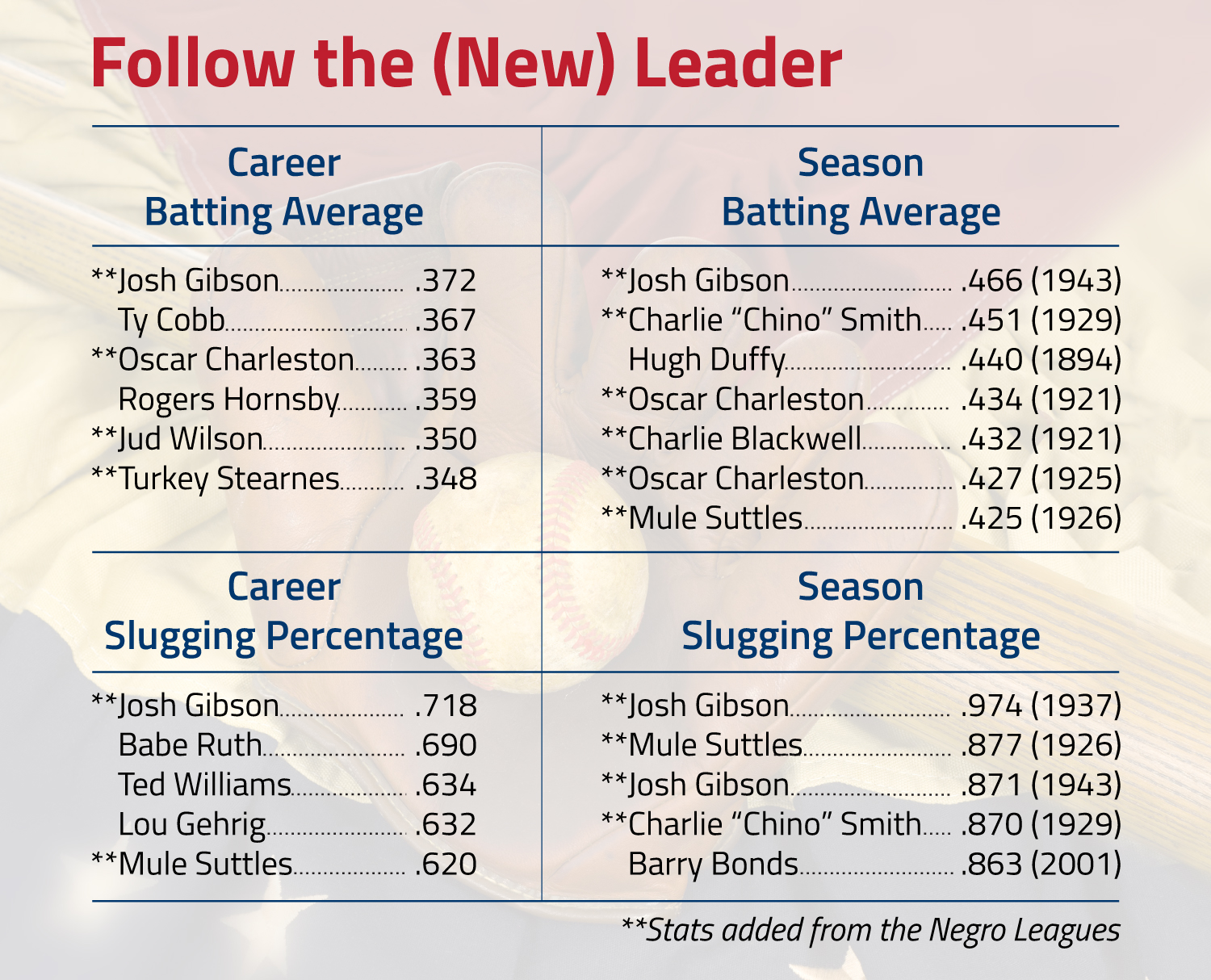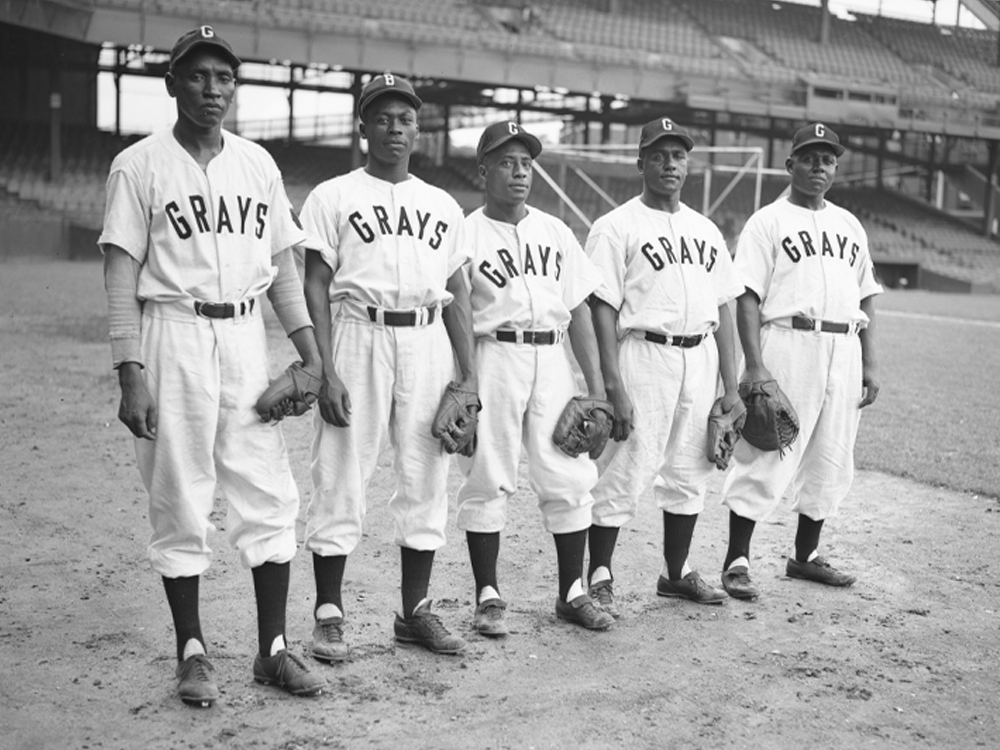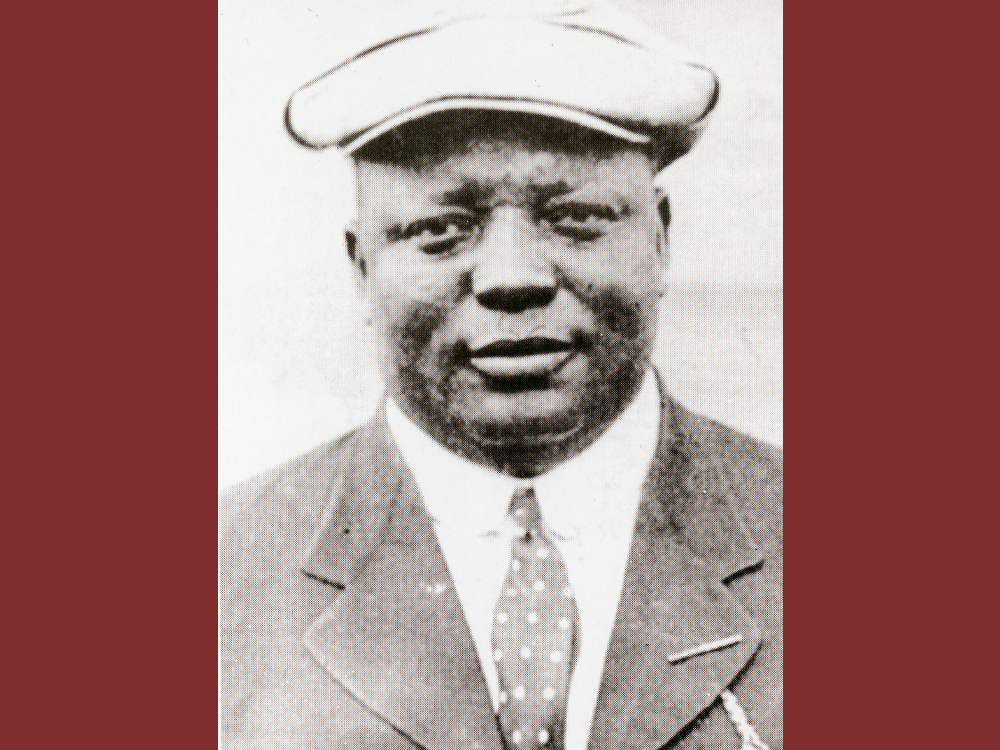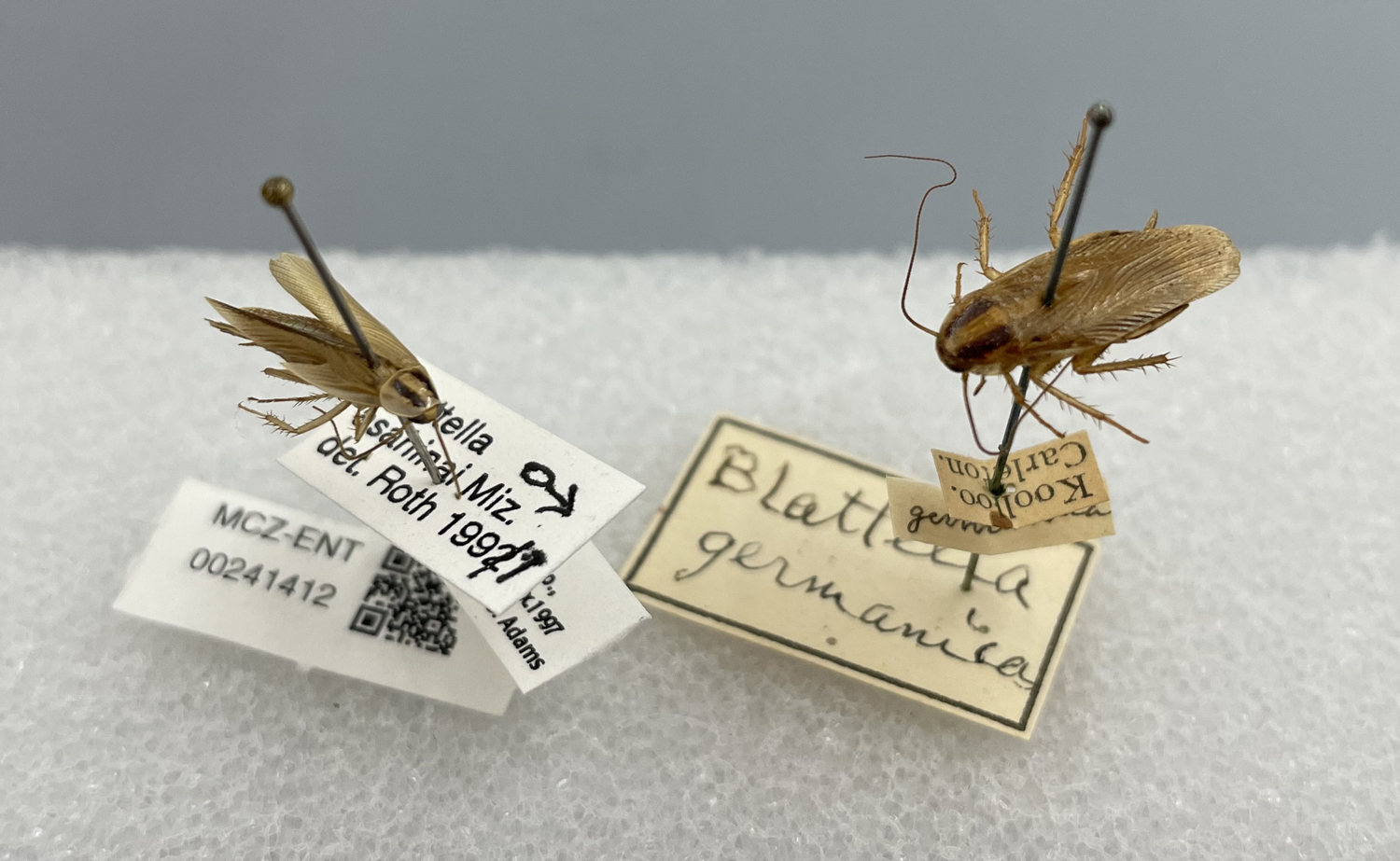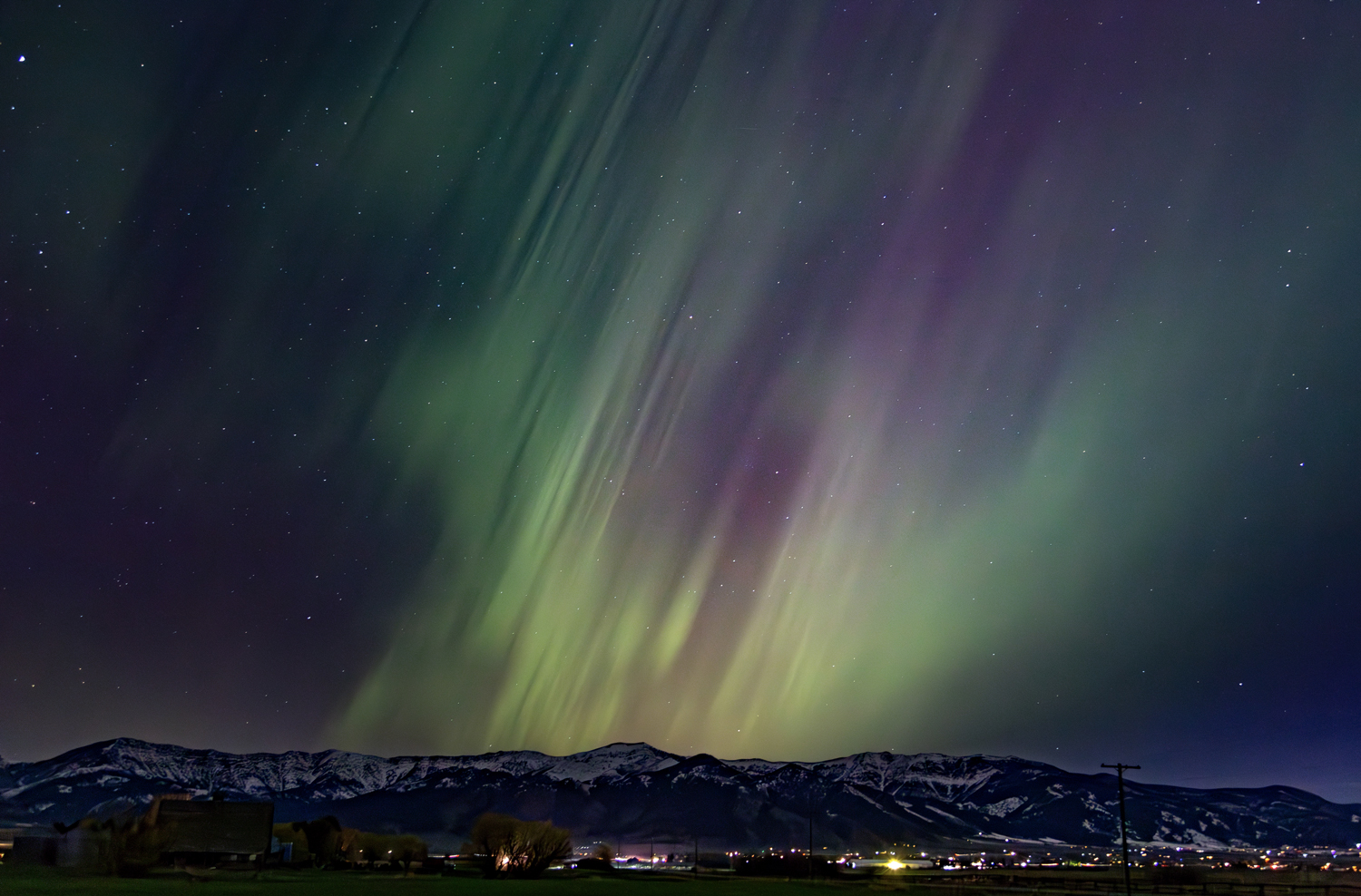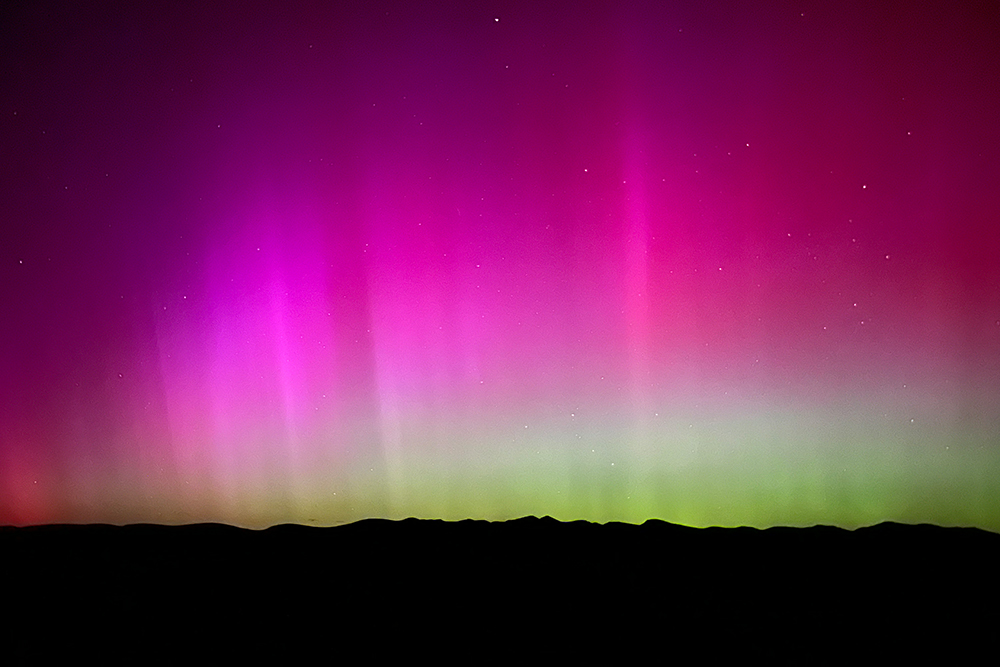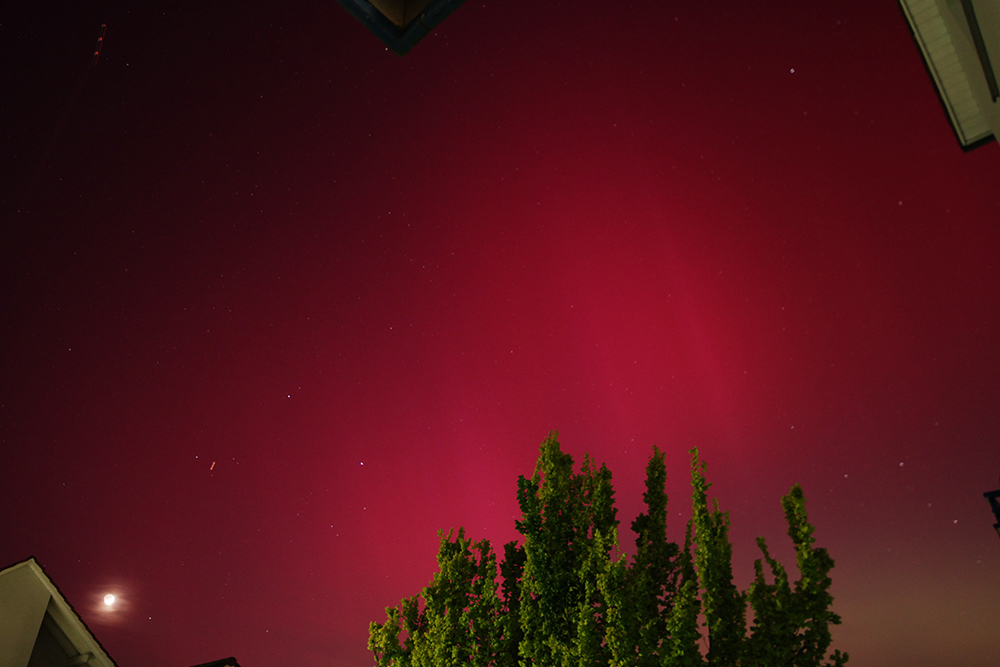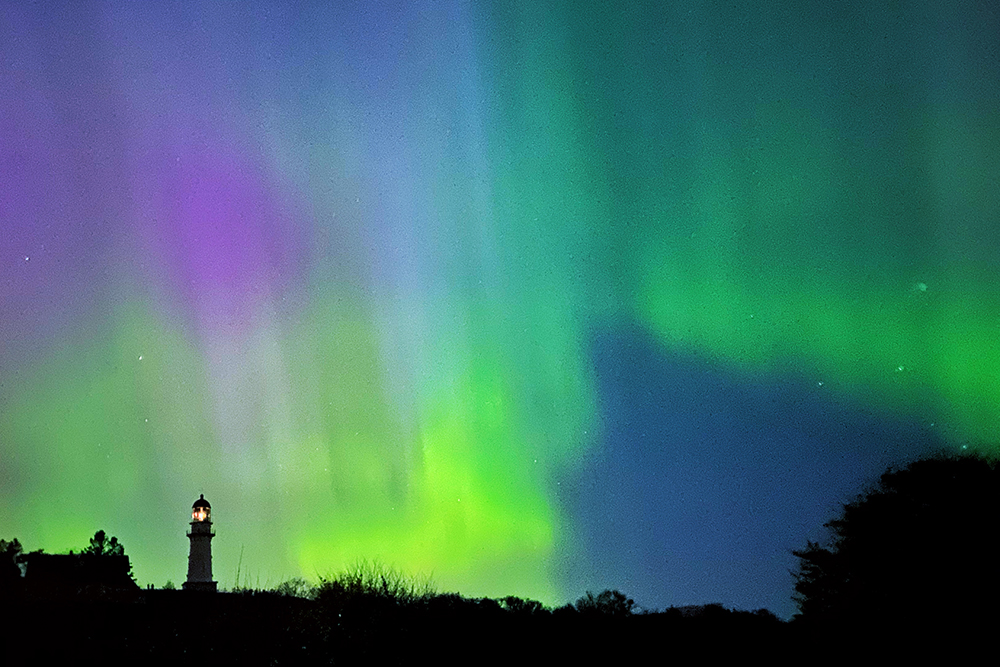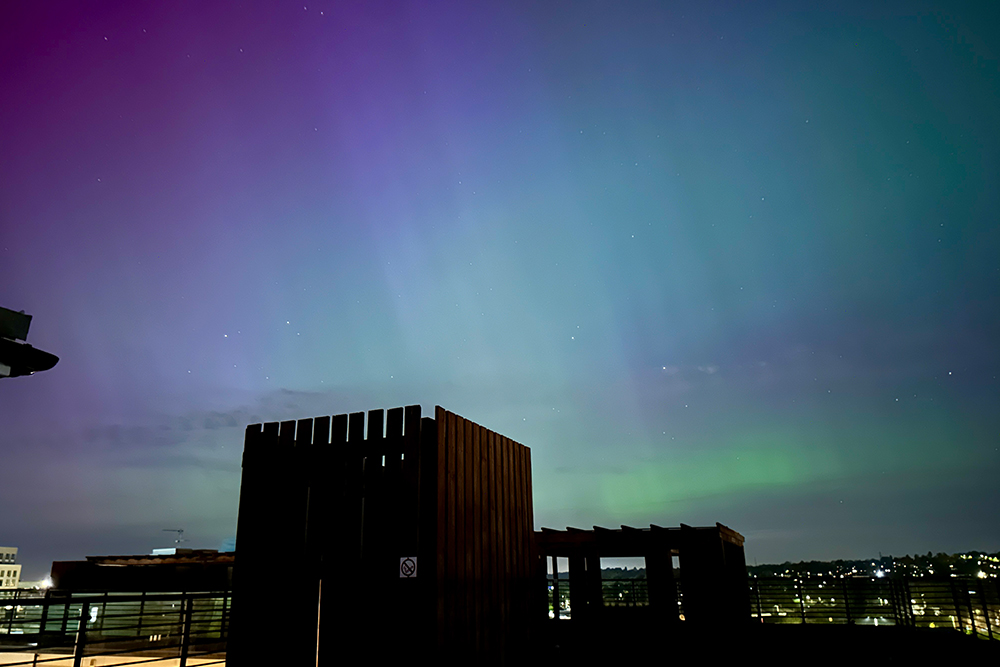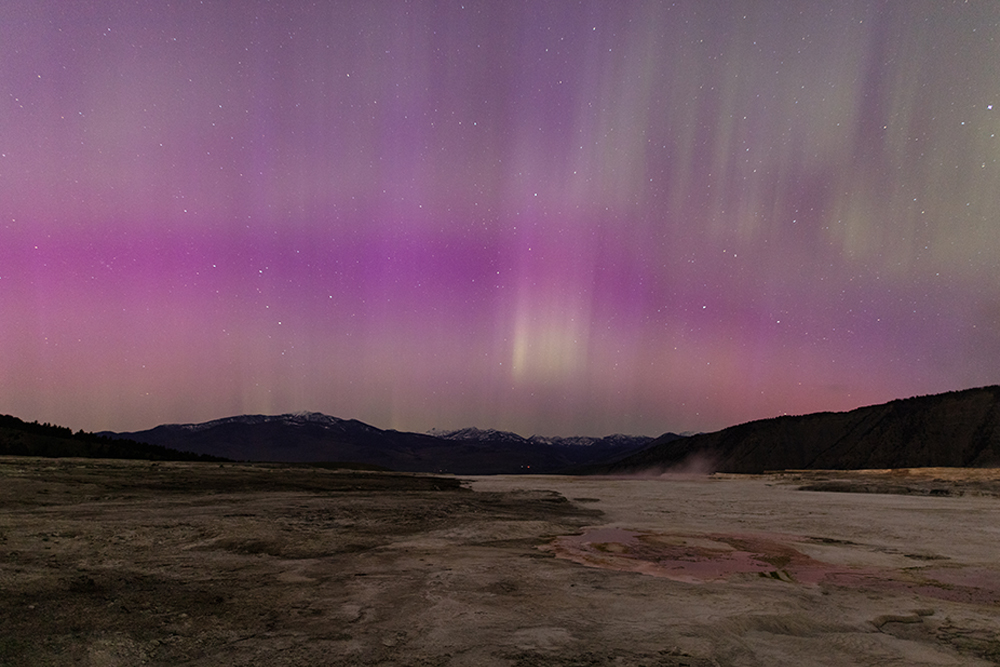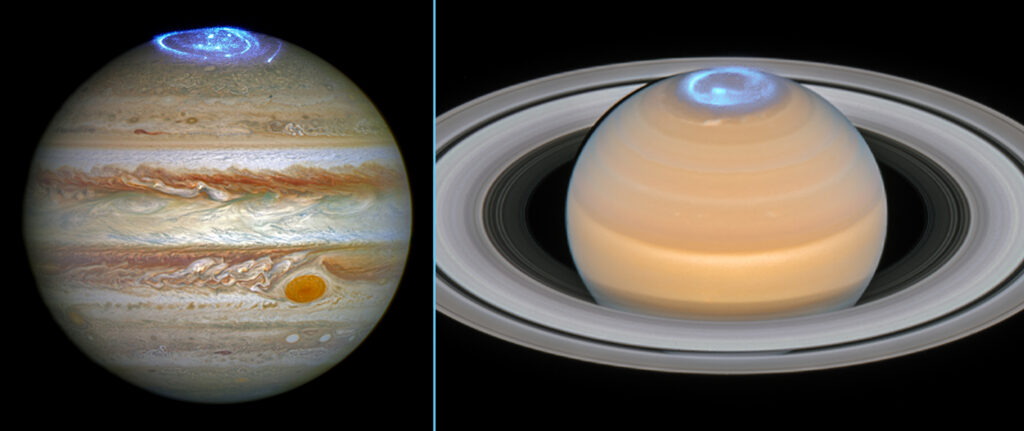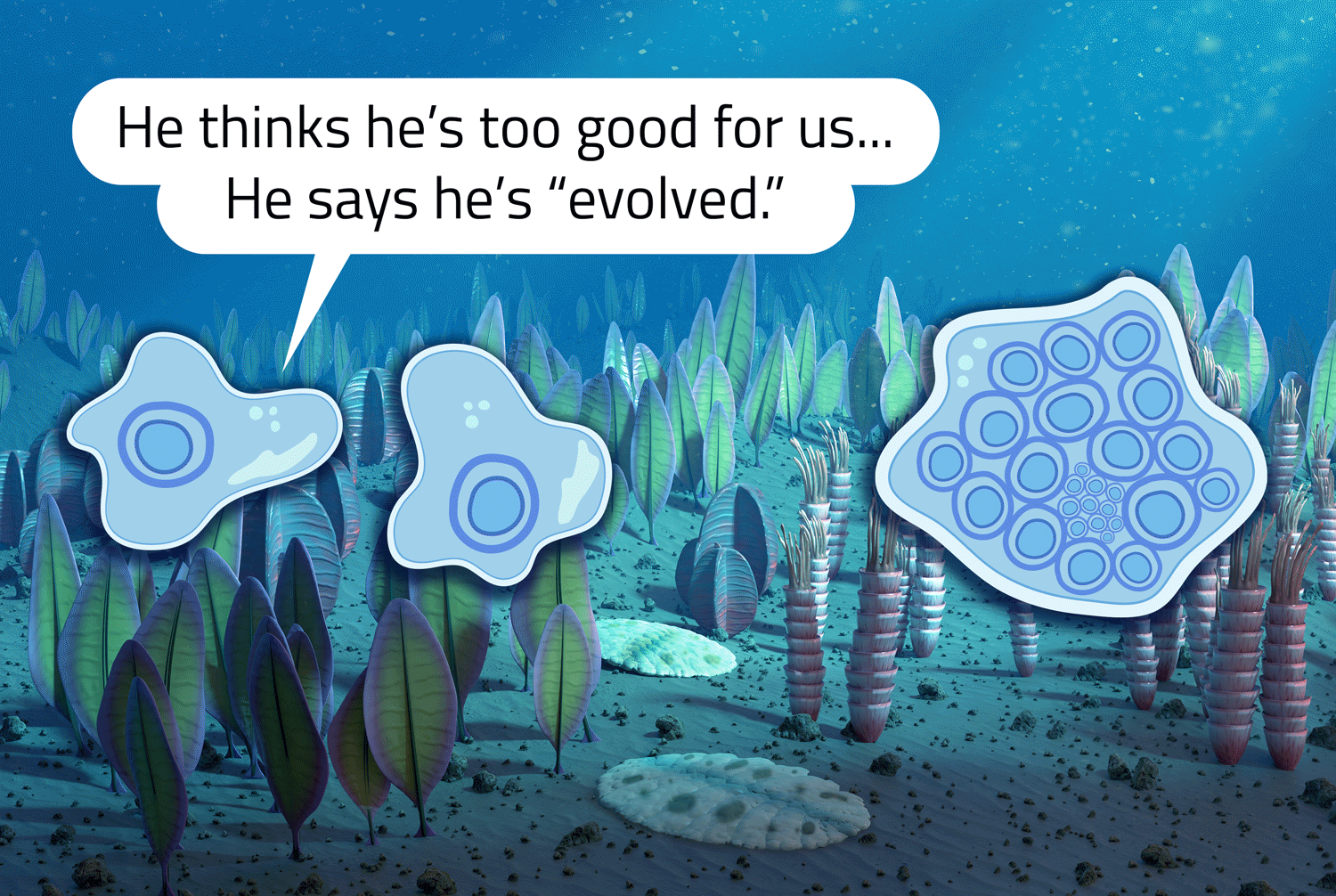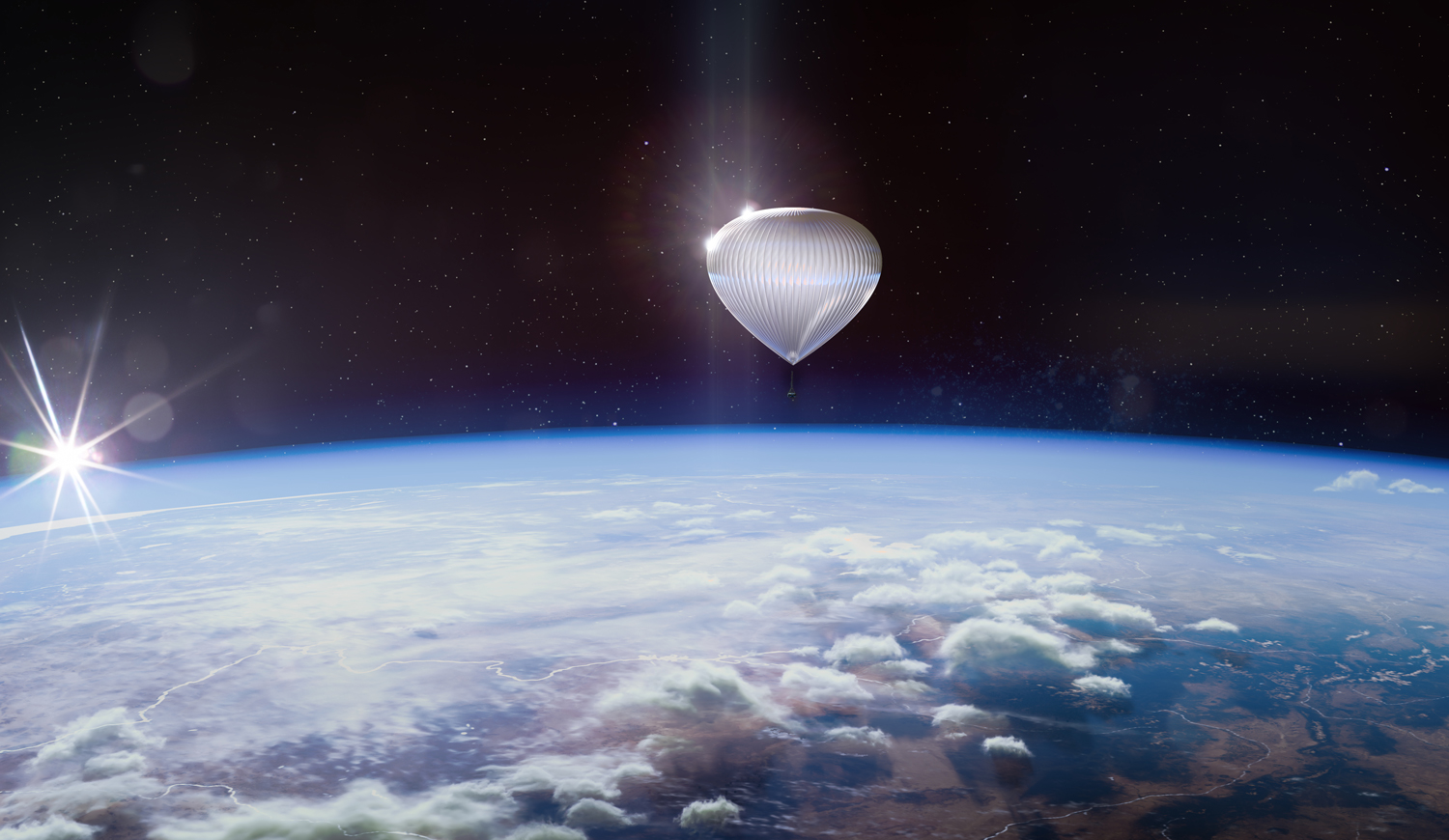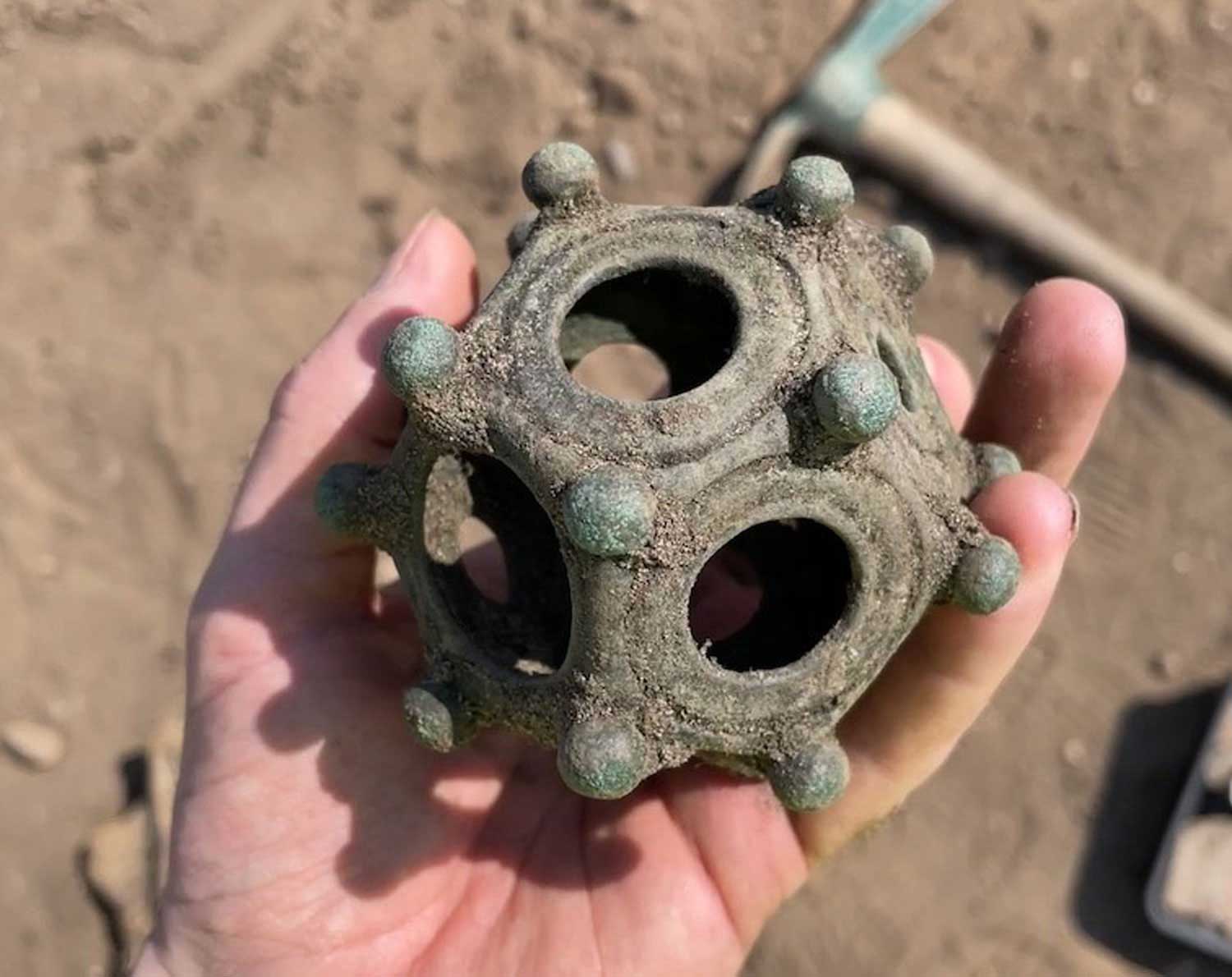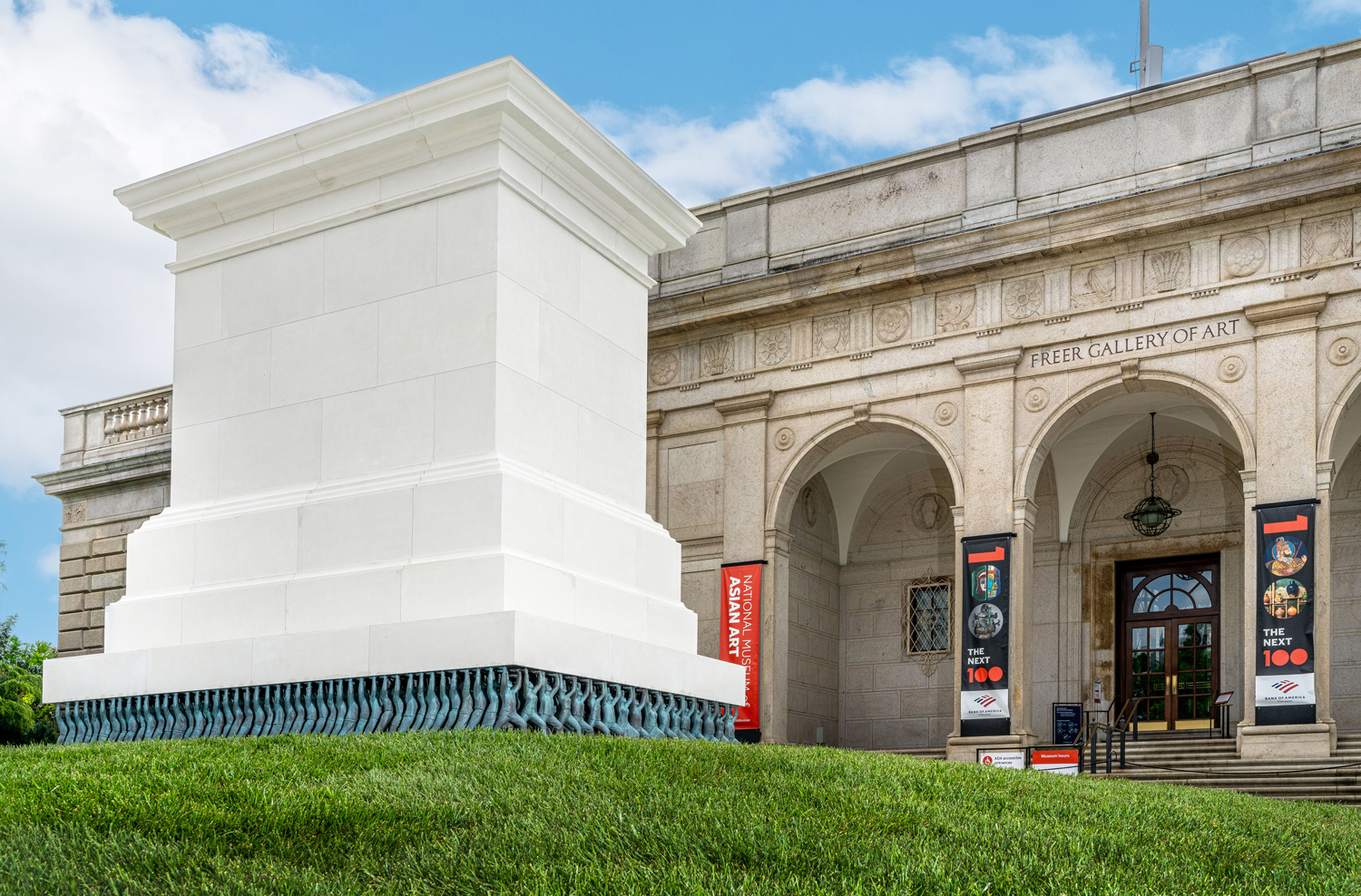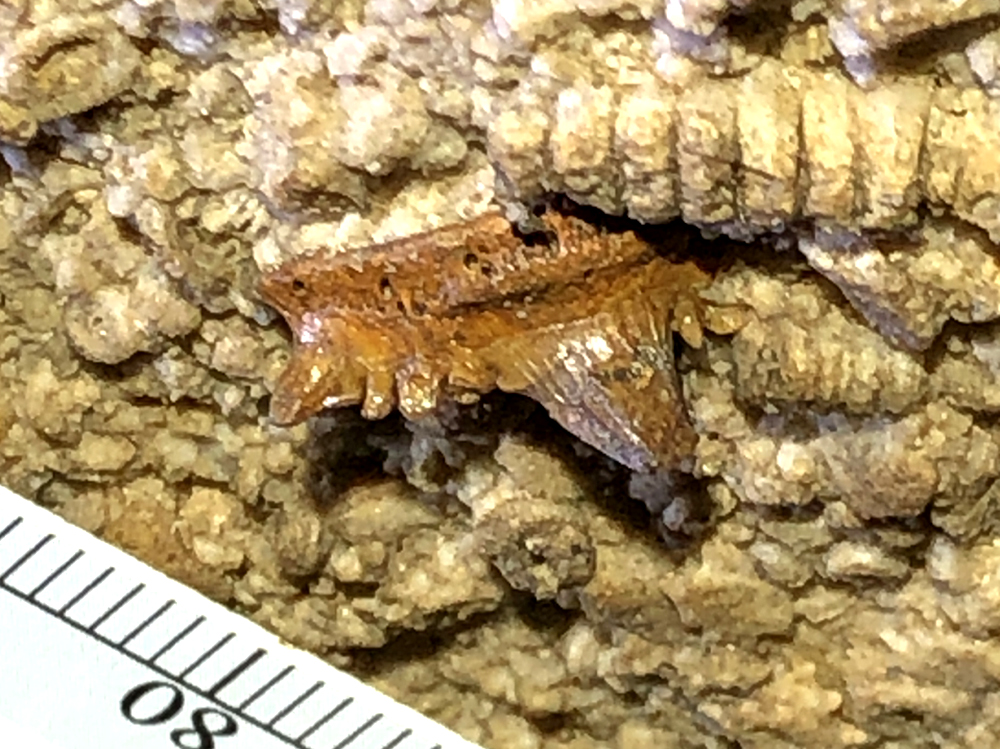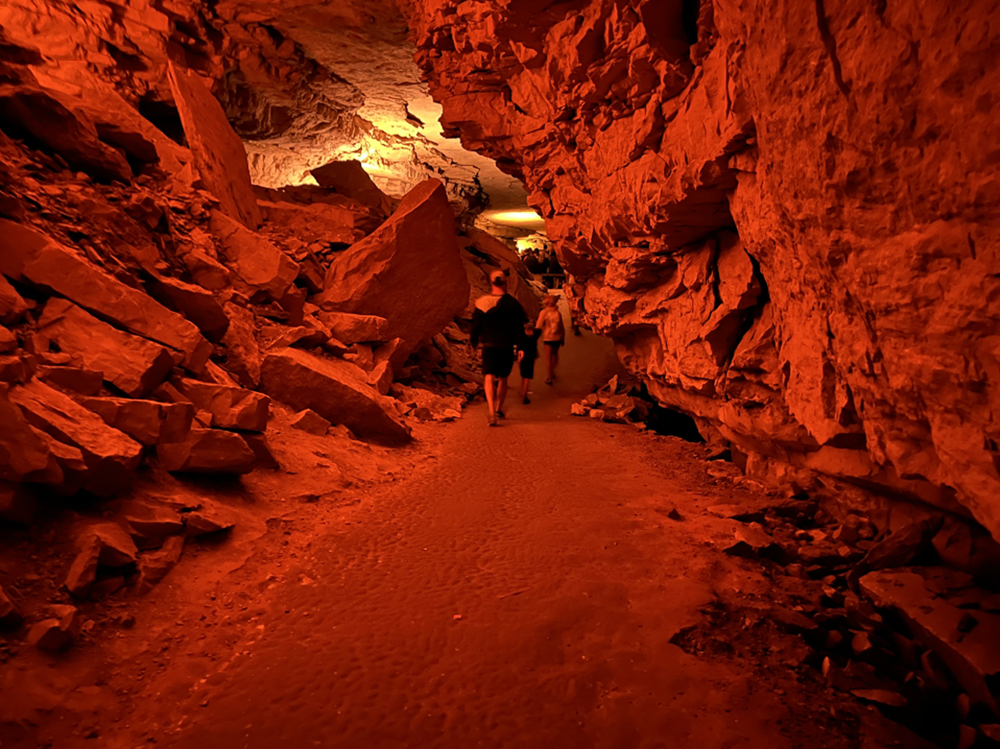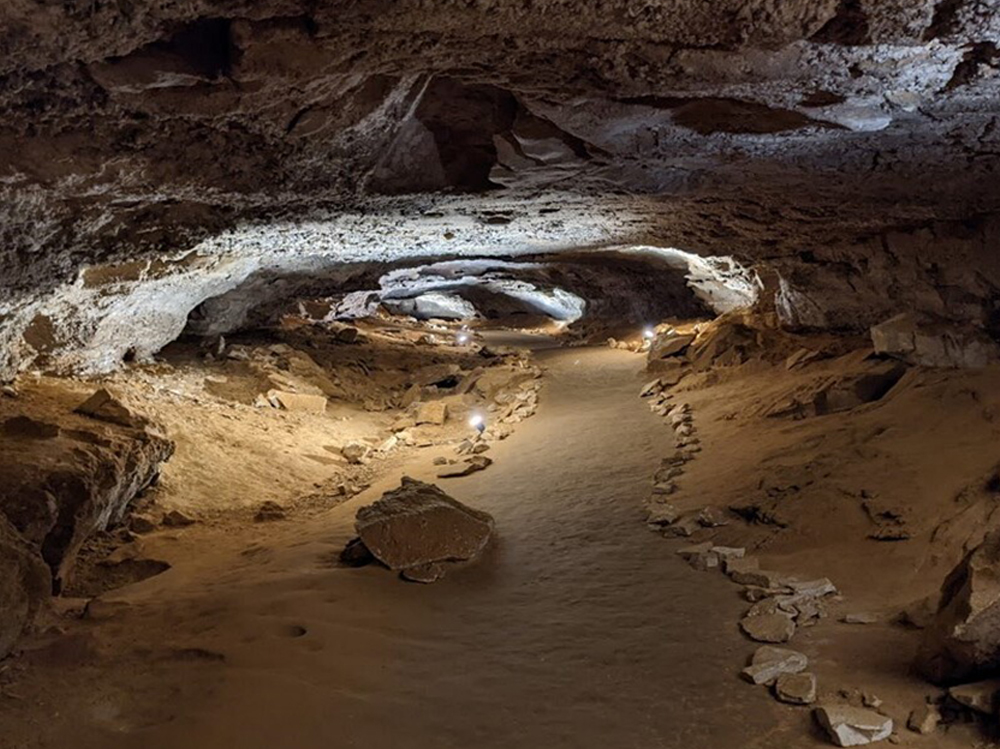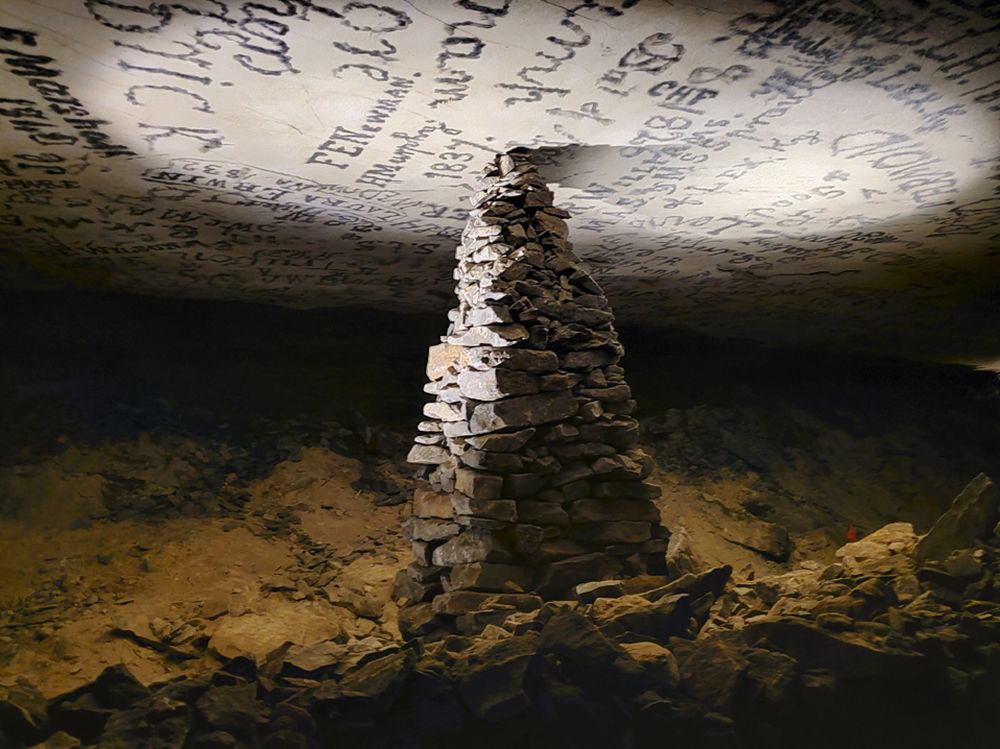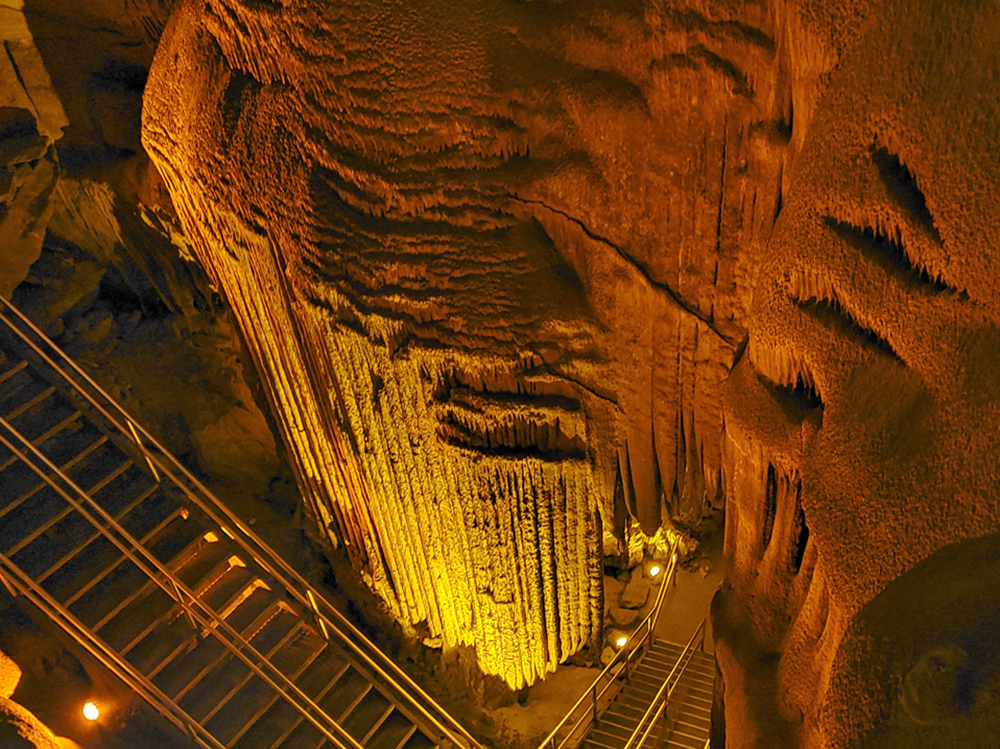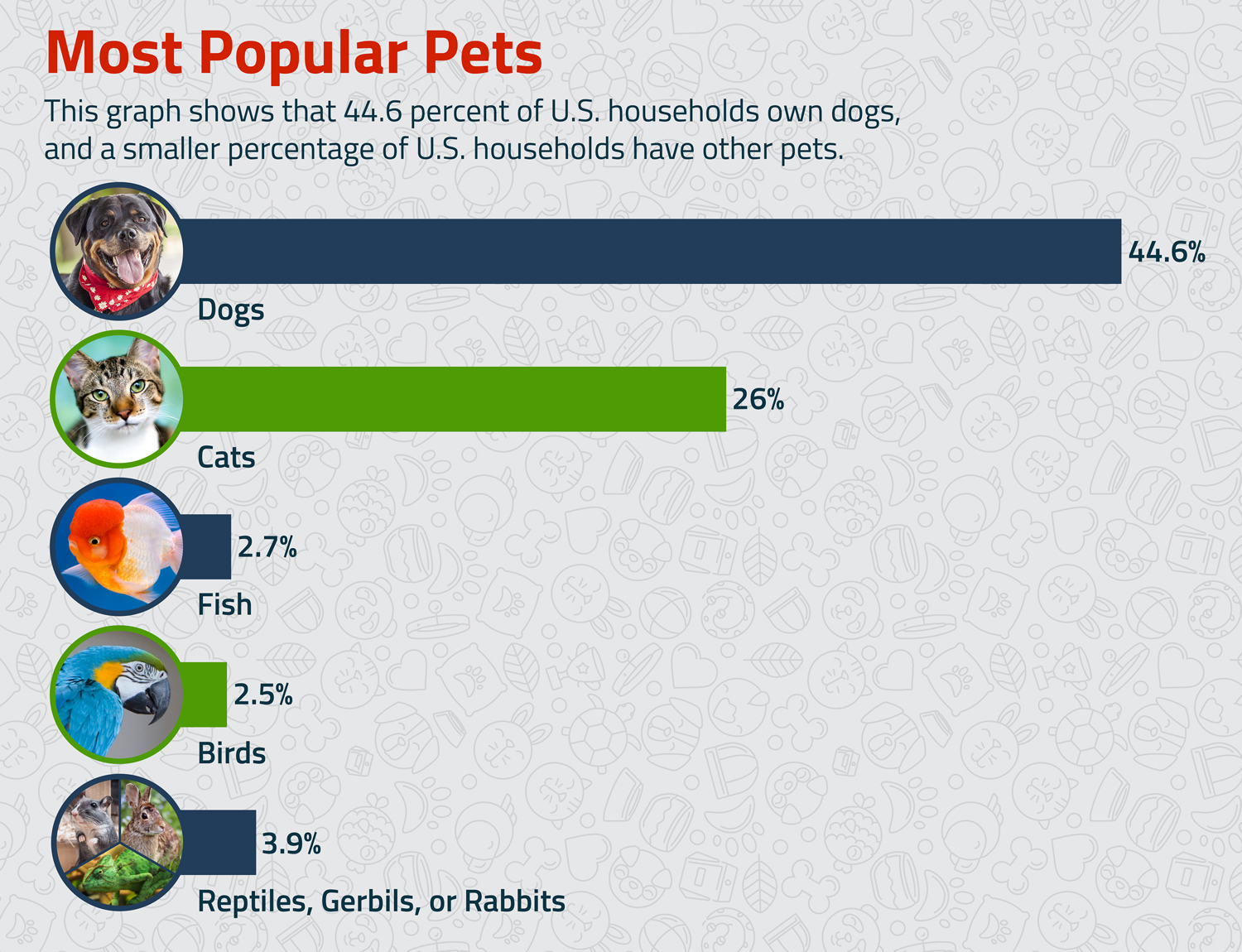Orangutan Heals Its Own Wound
For the first time, researchers observed an orangutan treating its wound with a plant that’s known to be healing.
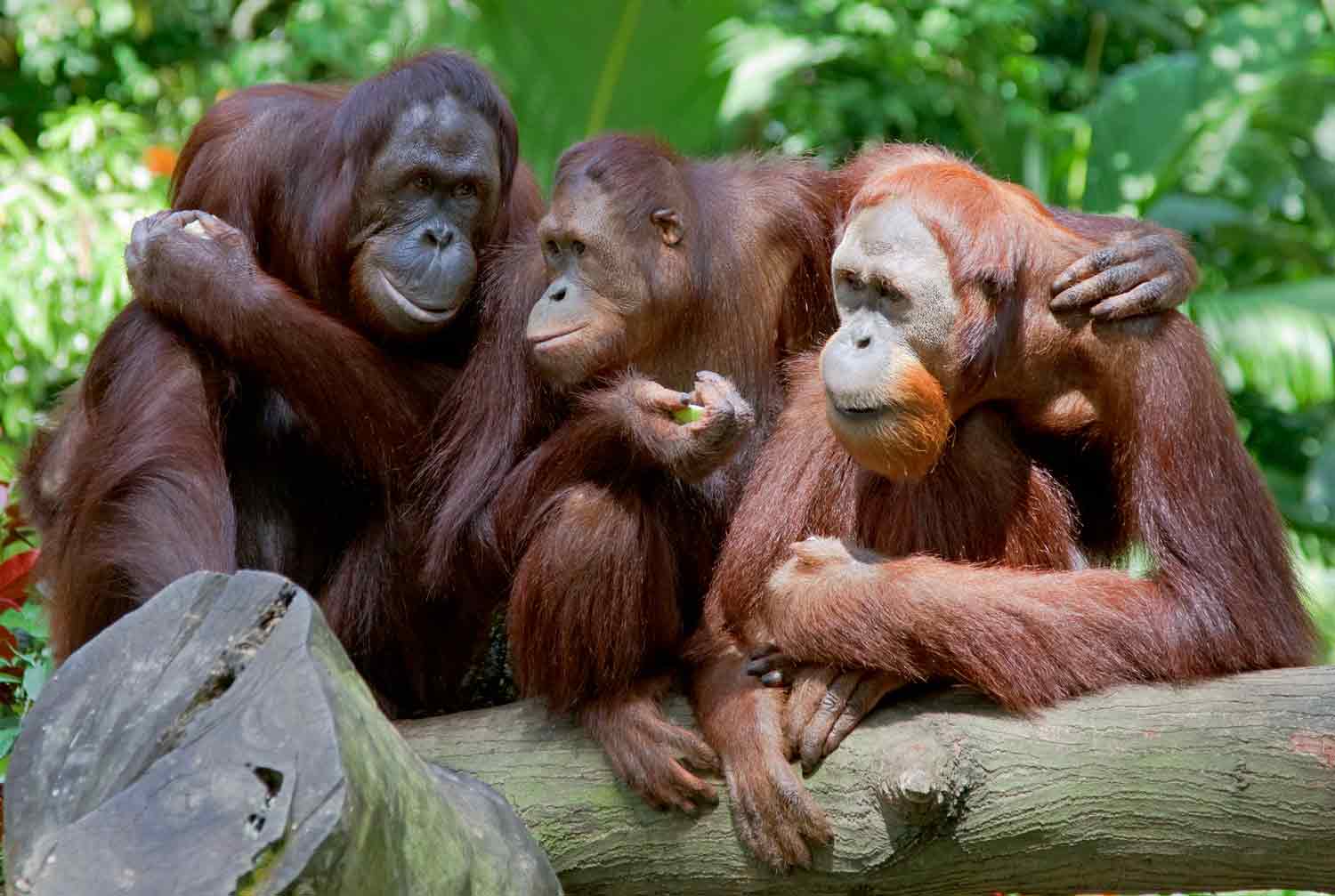
© Perkus—iStock/Getty Images Plus
Could orangutans understand how to heal themselves with plants?
A wild orangutan living in an Indonesian rainforest shocked researchers when he treated his wound with a plant known to have healing properties. The researchers say this behavior has never been seen in the animal world.
“This is the first observation of a wild animal actually treating his wound precisely with a medical plant,” primatologist Isabelle Laumer told National Geographic.
The orangutan, named Rakus, suffered a wound below his eye, probably during a fight with another male. A few days later, researchers saw Rakus eating the leaves of a plant called Akar Kuning, or yellow root, which is not normally part of the orangutan diet. Rukus then chewed more of the leaves to get their juices, which he spread on the wound. The next day, he ate some more leaves. When the wound began to attract flies, he covered it with yellow root leaves. Researchers also noted that he rested a lot during this period. The wound closed within five days, and it was healed after about a month, leaving only a faint scar.
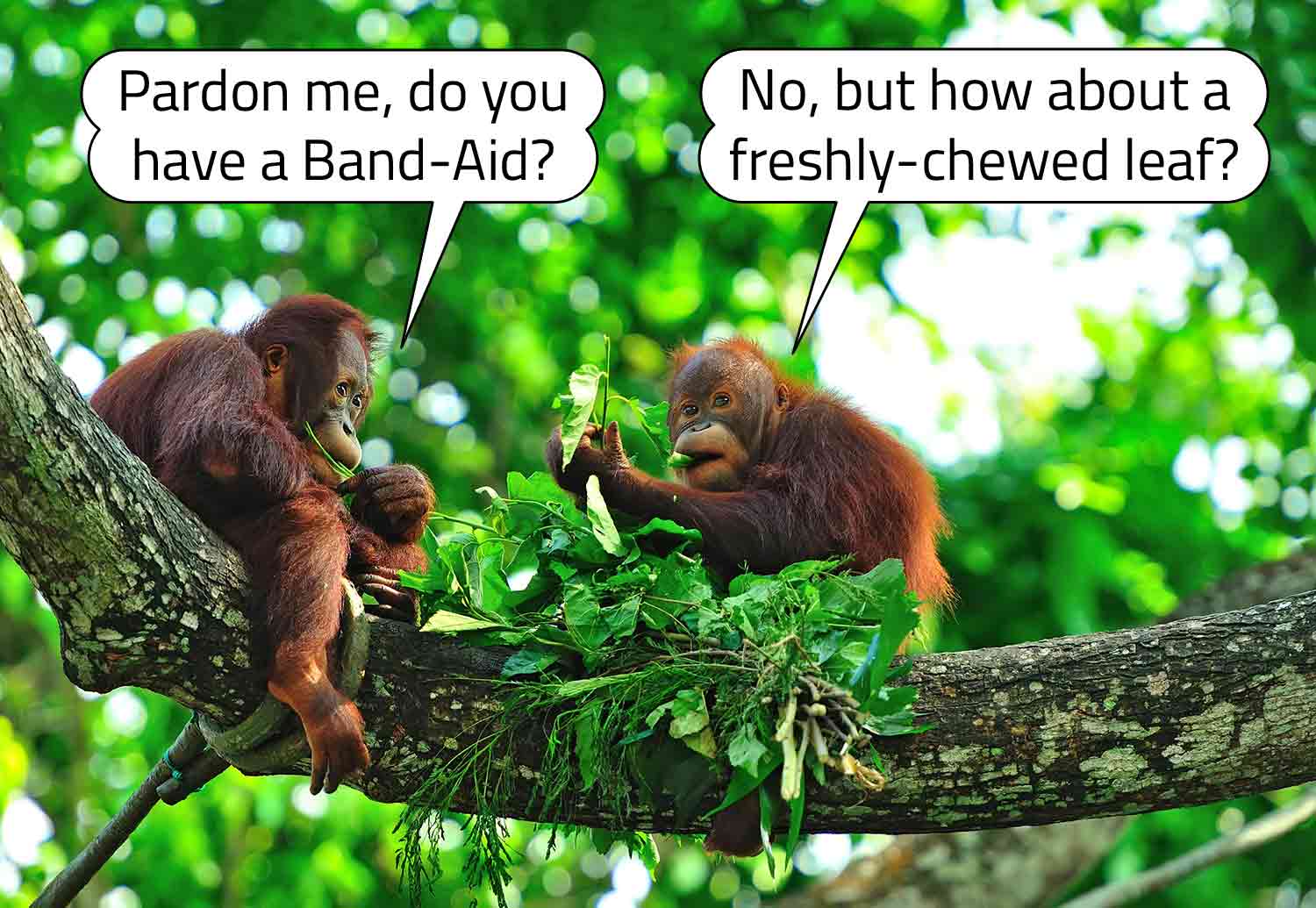
© Yew Fai Wong/Dreamstime.com; Photo illustration Encyclopædia Britannica, Inc.
Scientists have seen apes trying to heal themselves before. They’ve observed orangutans rubbing chewed plants on their limbs, as if they’re trying to treat sore muscles. Scientists have also observed chimpanzees spreading chewed insects on their wounds. But this is the first time any animal has been seen spreading plant juice on a wound. It’s also interesting that Rakus chose yellow root, which people in the area sometimes use to treat illnesses. The researchers who observed Rakus note that yellow root contains chemical compounds that can fight bacteria, inflammation, and more.
At this point, researchers still have questions about Rakus’s actions. Did he deliberately choose a plant that has healing properties? Did he put leaves on the wound to prevent infection or because the flies were annoying? And if he knows about yellow root’s healing properties, is he the only orangutan that knows, and how did he learn? Researchers do know that orangutans learn throughout their lives, picking up skills and knowledge from other orangutans.
Did You Know?

© Ken Griffiths, Imogen Warren, DigitalArtistSP/Dreamstime.com; Photo illustration Encyclopædia Britannica, Inc.
Tropical rainforests are filled with plants that local people value for their healing properties. Many of these plants have the potential to be used in medicines to treat everything from skin infections to some forms of cancer.
This is one of many reasons why rainforests are vital to human life.
Hunting With Fire

© Ken Griffiths, Imogen Warren, DigitalArtistSP/Dreamstime.com; Photo illustration Encyclopædia Britannica, Inc.
Many animals use tools, including orangutans. But not many animals are known to use fire as a tool. In Australia, some bird species are believed to deliberately start fires to make hunting easier.
The birds, known as firehawks, pick up sticks that are burning in wildfires and drop them in new locations, starting new fires. When small mammals, insects, and other prey animals begin to flee, the firehawks can spot them.
Although scientists are just starting to research firehawks, Aboriginal (Indigenous) people have observed them for thousands of years.
A Branch on Our Family Tree
© Josh/stock.adobe.com
Scientists have learned that orangutans are able to imitate the different tones that humans use when they speak. This suggests that orangutans have the physical structures that are necessary for speech, and it may help researchers understand how humans evolved to talk.
You can learn more about orangutans at Britannica!
WORD OF THE DAY
curative
adjective
: able to cure diseases or heal people

Word Flower
How many words can you make with the letters in the flower? All words must use the letter in the center.



